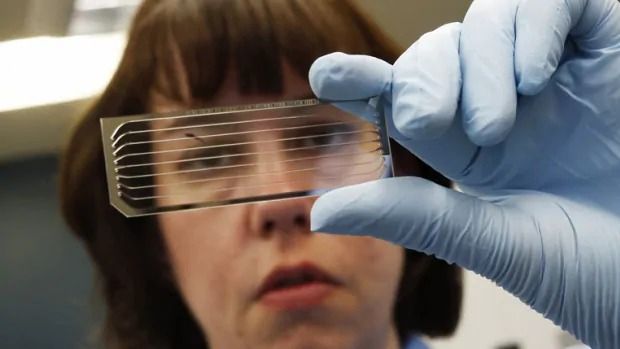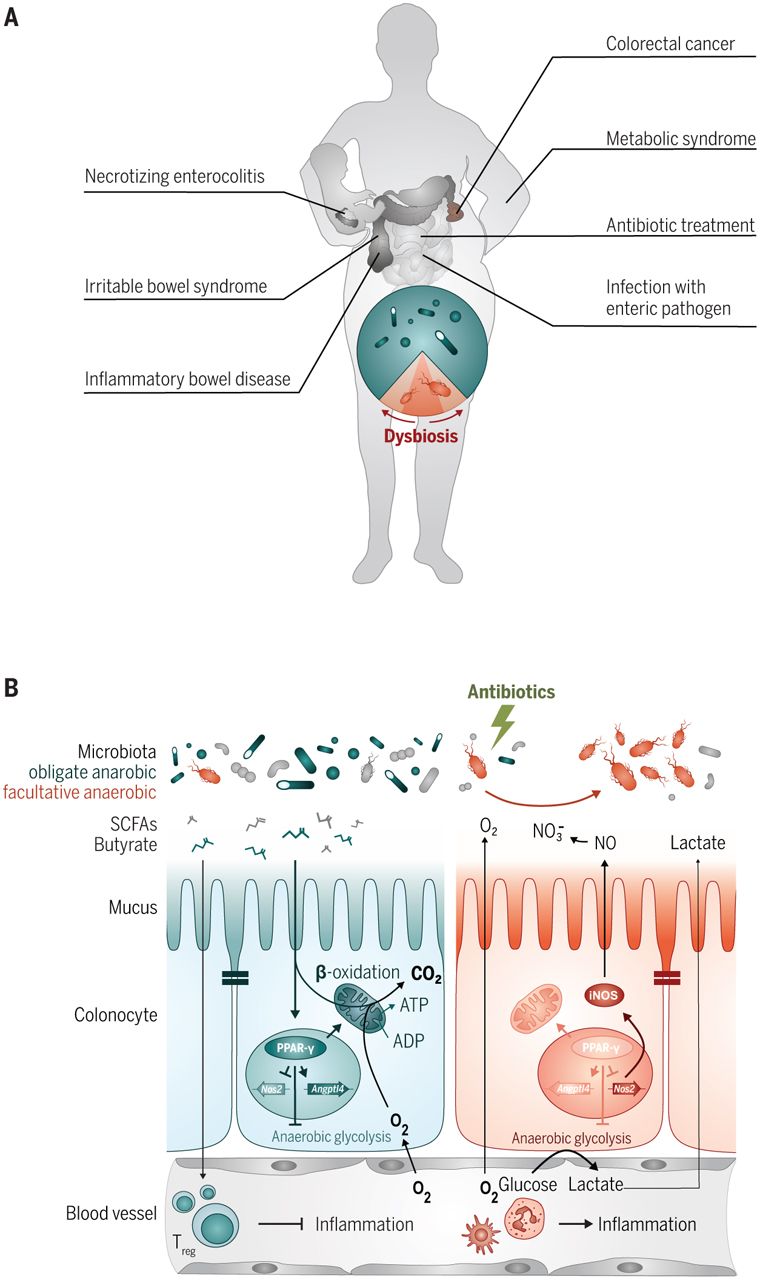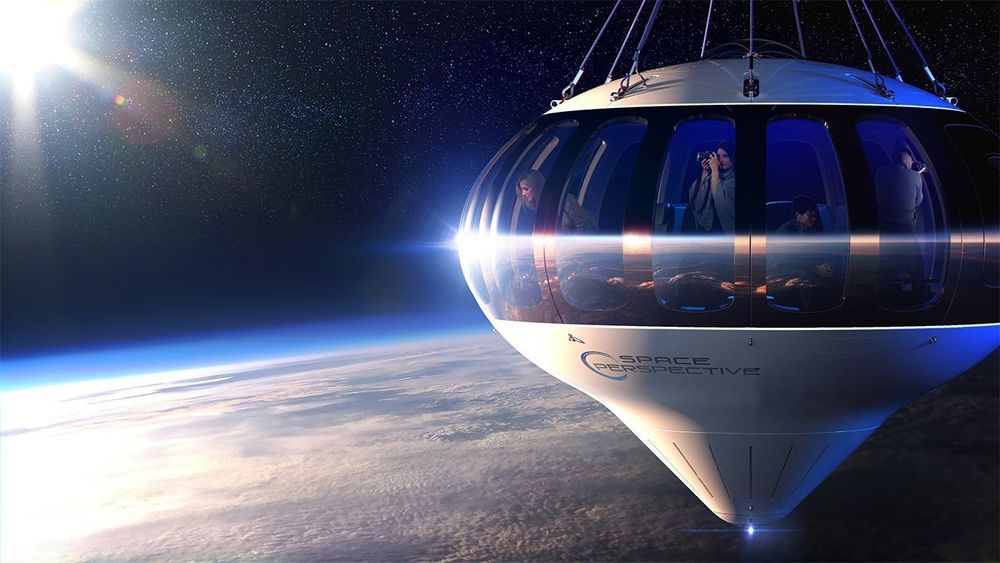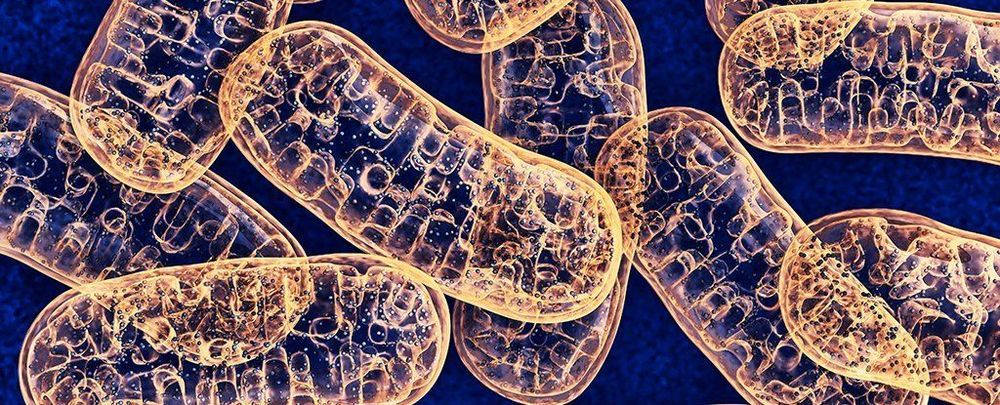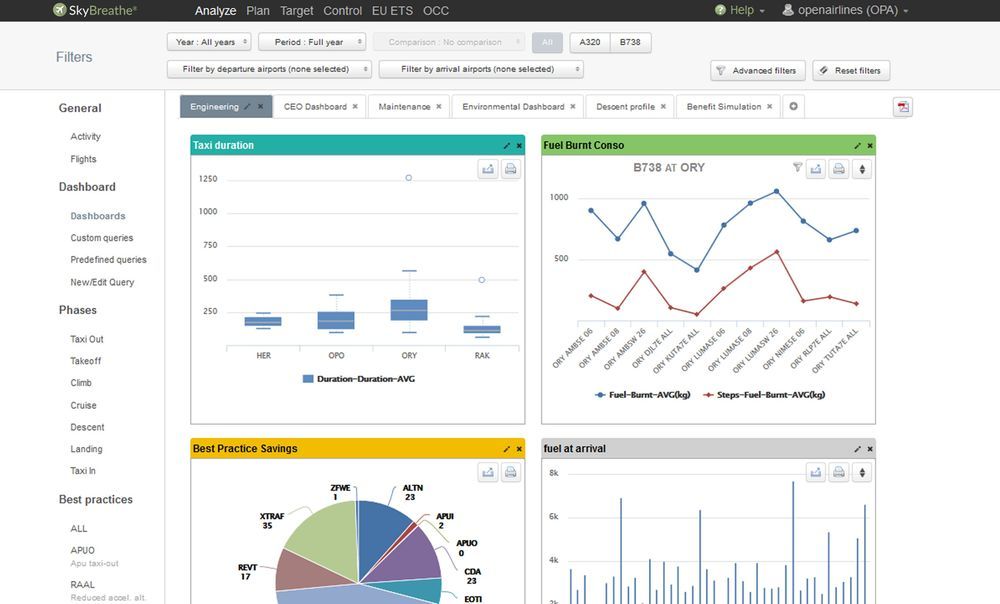An analysis of more than 17 million people in England — the largest study of its kind, according to its authors — has pinpointed a bevy of factors that can raise a person’s chances of dying from COVID-19, the disease caused by the coronavirus.
The paper, published Wednesday in Nature, echoes reports from other countries that identify older people, men, racial and ethnic minorities, and those with underlying health conditions among the more vulnerable populations.
“This highlights a lot of what we already know about COVID-19,” said Uchechi Mitchell, a public health expert at the University of Illinois at Chicago who was not involved in the study. “But a lot of science is about repetition. The size of the study alone is a strength, and there is a need to continue documenting disparities.”
